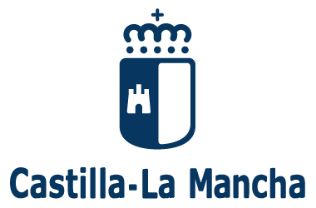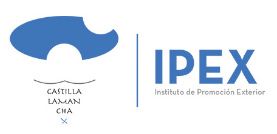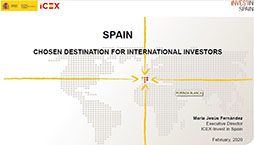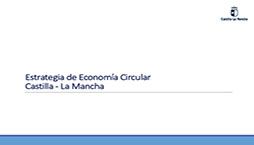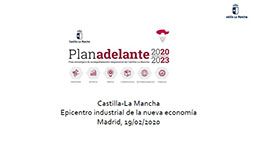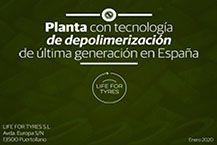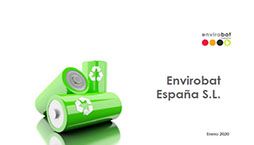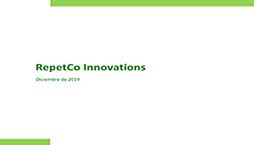Spain is ranked third for attraction of foreign investment in greenfield projects
More than 120 investors, businesses, and institutions participated in the event entitled “Castilla-La Mancha: Industrial Epicentre of the New Economy”, where they learned about the opportunities the region offers for growth, innovation and sustainability
Green economy will generate 30,000 new jobs, will attract foreign companies and start-ups, and will be backed by nearly 300 million euros from the Plan Adelante 2020-2023
The Regional Government is looking to the future, promoting innovation, new businesses, and self-employment through the Enterprise Creation, Financing, and Innovation axes of the Plan Adelante, dedicating over 158 million euros.
Madrid, 21 February, 2020. The Regional Government of Castilla-La Mancha, through IPEX (the Institute for Foreign Promotion), organized an event about the opportunities for growth, investment, and innovation to transform the region into the industrial epicentre of the new sustainable, circular economy. Over 120 businesses, investors, and institutions participated in the event.
According to data from ICEX, Spain is ranked third worldwide in terms of attraction of foreign investment in greenfield projects: nearly 18 billion euros in CapEx investment from January through November of 2019, totalling 524 new business projects which created over 77,000 jobs. “When a business knows it has institutional support, it knows the project will be a success,” remarked María Jesús Fernández, Executive Director of ICEX – Invest in Spain, in relation to the commitment by the Regional Government to support circular economy, innovation, and sustainability.
The Regional Minister of Economy, Business, and Employment, Patricia Franco, highlighted the importance of security, stability, and the commitment to support investments in order to attract foreign, national, and newly created businesses to the region. “We have all the ingredients to be the epicentre of the new economy,” she assured the attendees, while noting that, since 2015, the region’s attraction of foreign investment has increased six-fold, thereby “tripling the growth recorded nationally.”
Strategic Sectors
Patricia Franco underscored that the approval of the Circular Economy Law “will favour the creation of new business niches and is a fundamental part of the transition towards a circular economy.” She highlighted the importance of public-private collaboration for the promotion of innovation and reviewed several of the sectors which are important for the advancement of the new circular economy.
These strategic sectors include the aeronautic sector, for which Castilla-La Mancha is the third region in Spain in terms of production, and 13% of sales is reinvested in R&D, and the logistics sector, which, with 3.4 million m2 and 13% of Spain’s storage capacity, has attracted businesses like Amazon, FM Logistics, and Luis Simoes.
Another attractive sector for foreign investors is the energy sector. With 73% of its energy potential produced by renewables, Castilla-La Mancha is the 4th region in Spain in terms of its number of wind farms (139) and 1st for GWh production of photovoltaic solar and thermal energy. It is also important to note the region’s clear dedication to innovation, demonstrated by ISFOC (the Institute for Concentration Photovoltaics Systems), CNH2 (National Hydrogen and Fuel Cell Technology Testing Centre), IREC (the Institute for Game and Wildlife Research), and CLaMber (Castilla-La Mancha Bio-Economy Region).
The ICT sector, with the advantage of the qualified and competitive workforce of Castilla-La Mancha, has interesting opportunities in the regions such as the development of software, data storage, or BPO services.
Finally, the agri-food and bioeconomy sectors offer attractive investment projects – such as for the creation of innovative processes, green technologies, or functional foods – as do more traditional sectors, like tourism, hunting, and textiles.
Commitment to Entrepreneurship and Innovation
The event served to emphasize the central role of sustainability in the economic strategy of Castilla-La Mancha, as well as the importance of other fundamental aspects like innovation, digital transformation, and internationalization, tiers of the government’s strategy for business assistance, as exemplified by the Plan Adelante 2020-2023.
Commenting on this Plan, Javier Rosell, General Director of businesses for the Regional Government, underscored the success and positive response to the previous Plan and announced that the new Plan Adelante 2020-2023 will be backed by more than 282 million euros, to the benefit of 25,000 companies and self-employed workers. It will help to create or consolidate 47,500 jobs in the region through the 40 measures it includes. “We want to help businesses get started, invest, finance, and internationalize, while assisting them with investments from 5,000 euros to 900,000 euros” Rosell stressed.
The new Strategy for Business Assistance renews its six axes of action and adds four new transversal tiers designed to cement the impact of its measures and enhance industrialization, territorial structuring, digitalization of the business network, and sustainable growth. The Plan’s objectives are to promote collaborative commercialization projects, drive the investment in R&D&I, consolidate and strengthen the business network, improve the region’s international positioning, and attract and consolidate national and international companies.
Several of these axes of action will be oriented towards driving the creation of new businesses, support for self-employed workers and entrepreneurs, and assistance for start-ups with the financing of their growth and innovation. In total, the Enterprise Creation, Financing, and Innovation axes of the Plan Adelante will be backed by over 158 million euros.
As part of this assistance and as support for a green economy, Marta Gómez, General Director of circular economy, presented the plan of work and the model of cooperation between municipalities and businesses to create networks and ecosystems of innovation for a circular economy, as well as some specific measures to strengthen the circular economy and to adapt to the regulations established in the Circular Economy Law approved this past December.
In this way, the action plan seeks to promote measures to consolidate the axes of regional development and increase the areas benefiting from the Plan by developing new economic activities; to invigorate the industrial urban enclaves and the continuous improvement of the business ecosystem; to boost digitalization and innovation; and to achieve the objectives established in the Law and in the Strategy.
Real Examples of the Circular Economy
The event “Castilla-La Mancha: Industrial Epicentre of the New Economy” ended with a round table discussion in which different businesses shared their experience and their sustainable projects which will generate wealth and employment in the region. One example is the new depolymerization plant for tyres which will be built by Life for Tyres in Puertollano and which will bring an investment of 27.8 million euros and create up to 250 indirect employment opportunities. Pablo M. de Castro, speaking on behalf of Life for Tyres, emphasized the importance of a facility which will be able to recycle over 27,010 tonnes of tyres a year and extract secondary materials of great value: 8,508 tonnes of recovered black smoke, 6,944 tonnes of biofuels, and 3,511 tonnes of high-alloy steel.
The recovery of materials such as zinc or manganese or the reuse of lithium batteries is also a goal of Envirobat. Juan Manuel Pérez, the company’s R&D Director, told attendees that the company has been recycling batteries for over 20 years, and their current facility has a treatment capacity which exceeds 3,000 tonnes.
In the case of Repetco Innovations, the company’s President and Managing Director shared that their new facility in Albacete for the recycling of multilayer PET/PE packaging – which are primarily produced by the food industry and currently are not recyclable – will be equipped to treat 75,000 tonnes a year, with a recycling recovery rate of over 75%, thanks to the use of innovative technology which avoids the need to bury or burn plastic – and the pollution it produces. The company will invest 47 million euros in a facility which will result in the creation of nearly 50 jobs.
Leroy Merlin is also betting on the circular economy and is working to become a reference for sustainability, as explained by María de Ramón, the company’s Head of Waste Management. A few years ago, they implemented an environmental plan with three lines of action: climate change, responsible consumption, and circular economy. For this last line of action, the company has a waste management strategy that begins with an eco-friendly design for its packaging and ends with the recycling of materials. Furthermore, the company’s contributions to the promotion of circular economy are creating opportunities for the generation of business and wealth for local companies.
IMAGE GALLERY
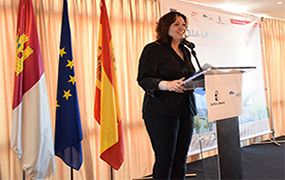

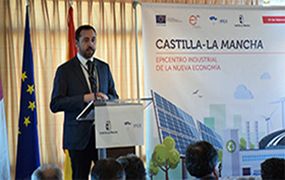
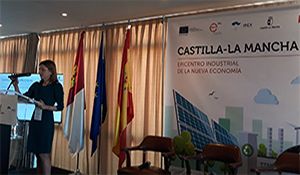
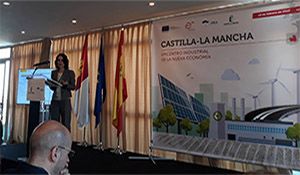
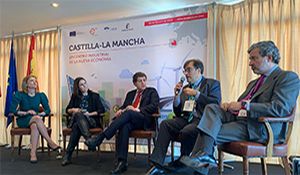
PRESENTATIONS
